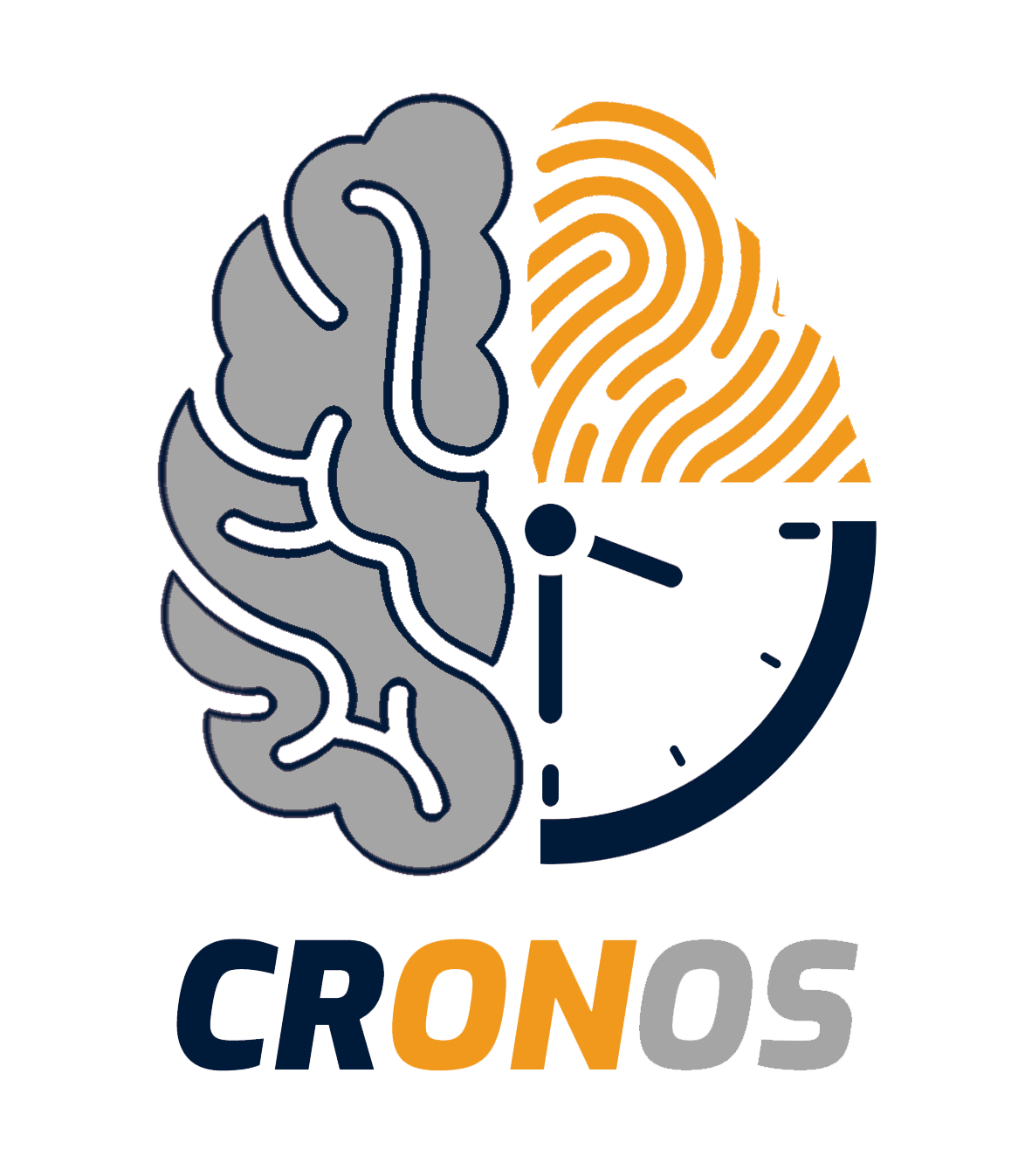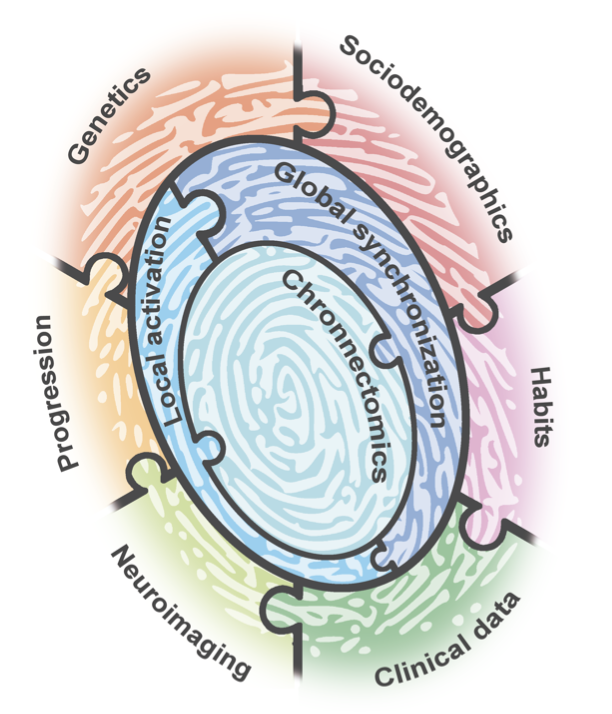The chronnectomic brain: uncovering the neuropathological fingerprints in dementia
The main objective of the project is to generate, implement and evaluate a new framework to identify the neuropathological footprint of Alzheimer's disease (AD) and other causes of dementia by integrating various analyses such as brain chronectomics, measured by magnetoencephalography (MEG) and electroencephalography (EEG) signals, and other types of heterogeneous data.
This project is funded by the "Ministerio de Ciencia e Innovación", "Agencia Estatal de Investigación", and co-financed with European Union Structural Funds under the thematic objective "Promover el desarrollo tecnológico, la innovación y una investigación de calidad"

The group responsible for this project is the Biomedical Engineering Group of the University of Valladolid (GIB). GIB is a multidisciplinary group, mainly formed by Telecommunication Engineers and Doctors of different specialties (pneumology, neurology, psychiatry, neurophysiology, and ophthalmology). Its members have a wide experience in brain signal processing to help the diagnosis of different neurological diseases.
Jesús Poza Crespo – jesus.poza.crespo@uva.esThe Institute of Molecular Pathology and Immunology (IPATIMUP) of the University of Porto was founded in 1989 and has consolidated a position as an international reference in disease research. IPATIMUP research is focused on the study of biological mechanisms of complex diseases, early diagnosis methods, decreasing the incidence of different diseases, increasing treatment effectiveness and, consequently, improving the quality of life of the patients.
The Coma Science Group of the University of Liège is a multidisciplinary research group whose aim is to provide further information on disorders of consciousness, including coma, vegetative states or locked-in syndrome. This group specializes in the diagnosis, prognosis and therapeutic interventions of these patients.

We will increase the sample size of the three databases we currently have available to obtain a representative dataset, which will be useful to develop the new framework, integrating all the information collected, and the identification of potential biomarkers of Alzheimer's disease dementia. Currently, these databases consist of MEG or EEG recordings, sociodemographic variables and clinical data, all collected according to the same protocol and belonging to cognitively healthy elderly controls, patients with dementia due to Alzheimer's disease or other types of dementia.
Different metrics capable of quantifying different properties of M/EEG activity will be obtained from each database. For this task, it will be essential to investigate and apply new chronectomics measures capable of accurately reflecting the dynamic behavior of the brain network. This will provide an accurate representation of the functional neural network as a dynamic graph. Different network parameters will then be calculated to obtain an accurate description of the brain network.
New methodologies for adaptively integrating information will be proposed, created and evaluated. This ambitious stage can be divided into the following two sub-stages:
Different classification strategies to identify the neuropathological footprint of dementia due to Alzheimer's disease and other causes of dementia will be discussed. This last stage can be divided into the following two sub-stages: